
April 2018
- FIRE SAFETY: Fire Safety: Managing Risks for Industrial Hot Work
- FIRE SAFETY: Taking Control with the Right Flow, the Right Extinguisher for Class B Fire Suppression
- HAND PROTECTION: Chemical Growth Fuels Innovations in Hybrid Cut and Chemical PPE
- HAND PROTECTION: Hand Protection -- Beyond the Glove
- IH/GAS MONITORING: Are Poisons and Inhibitors Lurking in Your Workplace?
- ENVIRONMENTAL PROTECTION: The Hidden Dangers of Chemical Fertilizers
- ENVIRONMENTAL PROTECTION: The Future of Sustainability
- WELDING SAFETY: Steering Clear of the Fire and Shock Hazards
- FIRST AID TRAINING: Meeting OSHA's First Aid Requirements
- FOOT PROTECTION: A Guide to Safety Footwear Regulations
- FOOT PROTECTION: Selecting the Right Shoe Can Make All the Difference
- INCENTIVES: IRF Trends Study Shows Focus on Culture, Wellness
- HEALTH CARE: Using Software to Unlock Your Health & Safety Potential
Cover Story
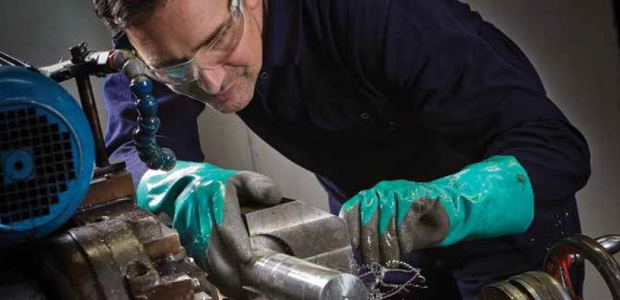
By Steve Genzer
Workers are speaking loud and clear—with increased cut risks abundant in today’s machinery-heavy workspaces, cut protection can be as critical a factor as chemical protection.
Features
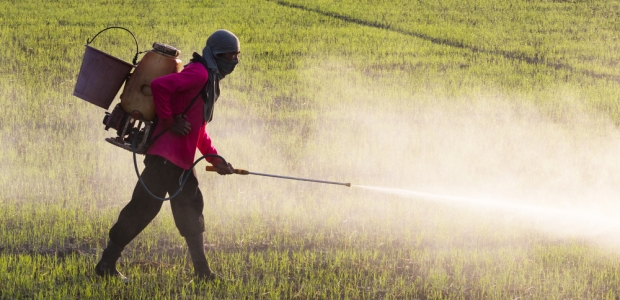
By Laura Buckler
Because the damage caused by chemical fertilizers is often long-term and cumulative, it may be wiser to consider alternative and sustainable methods of fertilizing the soil.

In the next five years, we'll see sustainability in commercial projects moving from a luxury to a requirement. Examining your product and its performance now will put you ahead of the curve.

By Lori Hyllengren
Good shoes make better employees.

By Eric Glass
Looking at most "world class" health and safety organizations, technology plays a vital role in their success. They view software as one of many tools, not the sole solution.
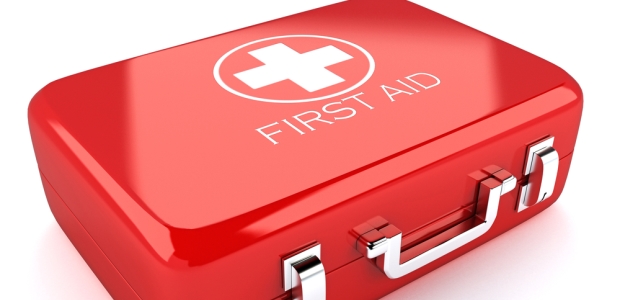
By Jessica Davis
Employers must evaluate their first aid response and preparedness programs based not only on OSHA compliance, but the needs of their workplace and employees.
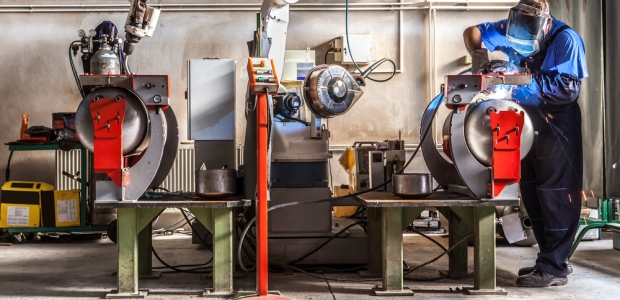
By Adam J. Levesque
Test results demonstrate that an employee is indeed safer while wearing a pair of safety-toed shoes.
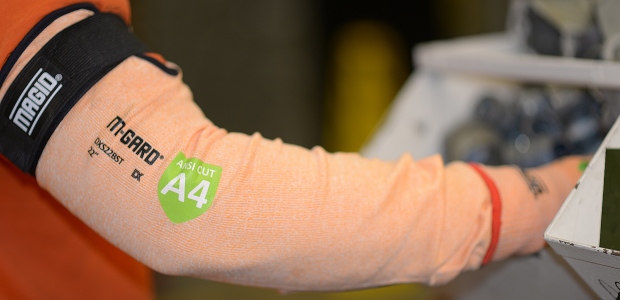
By M.B. Sutherland
While hands may be protected with gloves, arms without proper protection are vulnerable to cuts, abrasions, and burns.
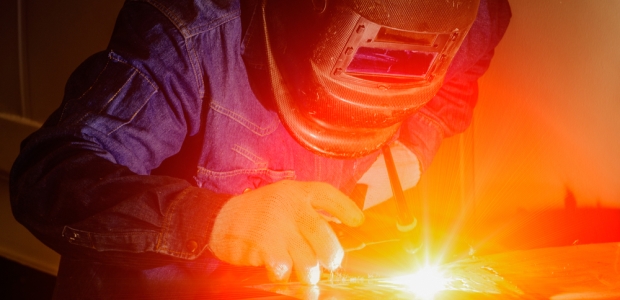
By Jerry Laws
Hot work should not be done where flammable vapors or combustible materials exist. Both the work and the equipment being used by the welder should be placed outside any hazardous area.

By Jerry Laws
This year's Trends Study said the largest number of net increases reported by respondents was for including wellness components in their programs.
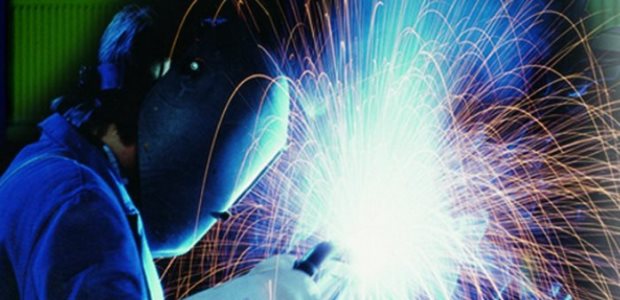
By Jeremiah Q. Varner
A Job Hazard Analysis is the most critical part of the job—this gives us an opportunity to go in the field with operations and review, recognize, and control hazards at the job site or in the area.

By Sam Boraas
Is your plant prepared for pressurized flammable liquids and pressurized gas fires?

By Ryan Thompson
Just because a poison or inhibitor wasn't applied directly to the instrument doesn’t mean that it may not have been exposed to something while in a tool box, storage locker, or anywhere else gas detection equipment may be stored.
Departments
By Robert Pater
I recommend four ergonomic objectives that can apply to any company member who walks, lifts, pushes, uses tools, pulls, climbs or just sits or stands in place.
By Jerry Laws
Great customer service never goes out of style.
By
Culture will be why your compliance or advanced efforts fail. It will also be why your overall strategy succeeds or fails.